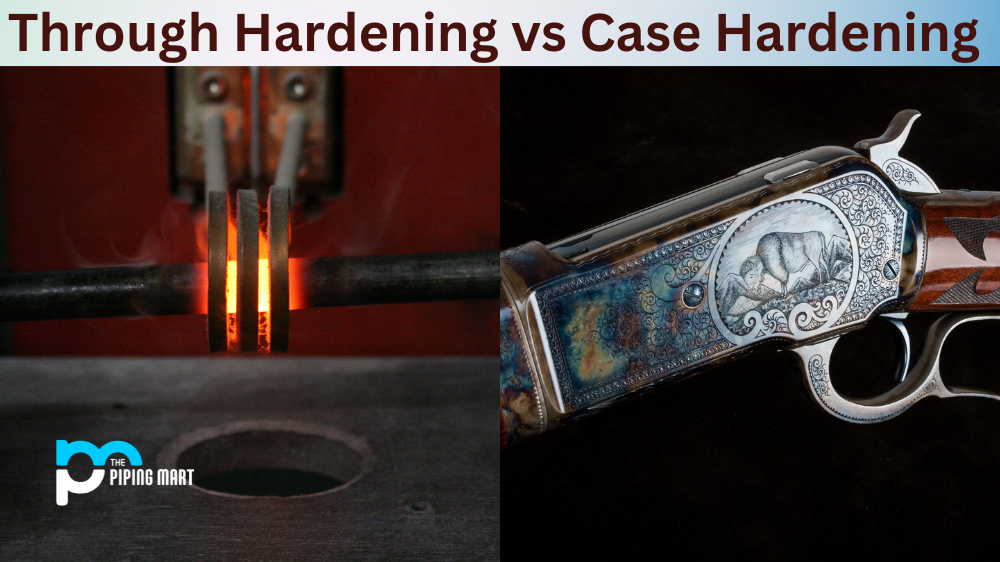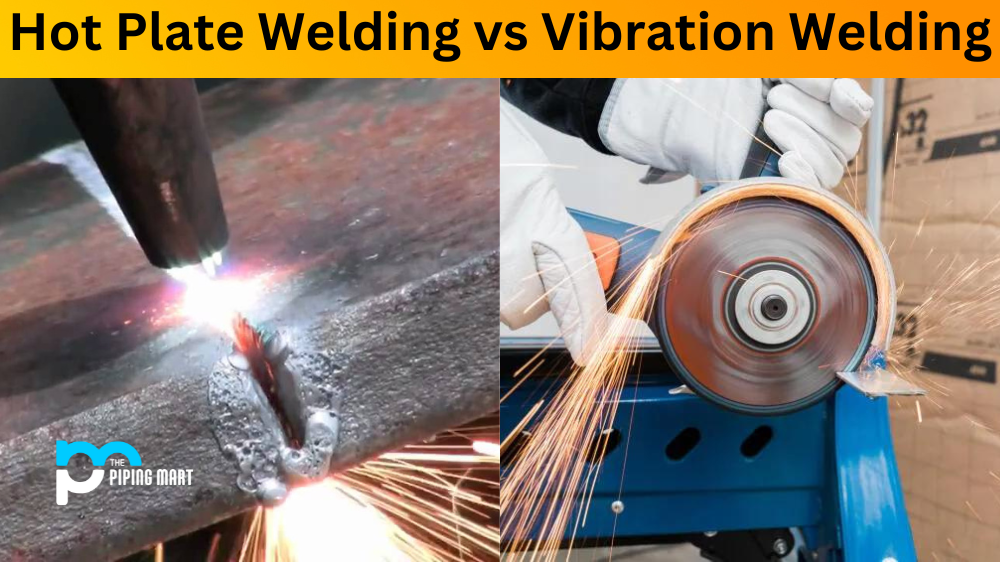The process of hardening steel is a complex one, with many different methods used to achieve the desired result. Two of the most common processes are through hardening and case hardening. Both techniques have their advantages and disadvantages, so let’s take a look at what makes them unique and when you should use each method.
What is Through Hardening?
Hardening is a process that increases the hardness of an entire component by heating it above its critical temperature, quenching it in oil or water, and then tempering it to bring out its desired properties. This method can be used on steels up to 0.8% carbon content, such as low-alloy steels and some tool steels. The advantages of through Hardening include being able to produce components with uniform properties throughout their cross-section and being able to reach higher levels of hardness than other methods without significantly reducing ductility or toughness. However, this method can be expensive and time-consuming due to the need for specialized equipment and multiple steps in the process.
What is Case Hardening?
Case hardening is another popular process for increasing hardness in steel components that involves infusing carbon into the surface layers of a component while leaving the core softer than before treatment. This method can be used on low-carbon steels up to 0.7% carbon content, such as 1020 steel or mild steel alloys like 4140 or 4340. The advantages of case hardening include being relatively inexpensive compared to other hardening processes, providing better corrosion resistance than through-hardened parts due to its increased surface hardness, and allowing for greater dimensional control due to its lower distortion potential during heat treatment compared to through-hardened parts. However, case-hardened components are not as strong throughout their cross-section as through-hardened parts due to the soft internal core caused by diffusion during carburizing treatments.
Difference Between Through Hardening and Case Hardening
Advantages of Through Hardening
One of the main advantages of through Hardening is that it produces a more uniform hardness throughout the entire piece of steel. This is because the cooling process is much faster, which prevents the formation of different microstructures within the steel. Additionally, Hardening is less likely to cause warping or distortion in the steel.
Advantages of Case Hardening
One of the main advantages of case hardening is that it can be used to selectively harden only certain areas of the steel. This is because the cooling process is much slower, which allows for greater control over the microstructures that are formed within the steel. Additionally, case hardening can be used to produce a softer core with a harder outer layer, which can be beneficial in certain applications.
Disadvantages of Through Hardening
One of the main disadvantages of through Hardening is that it can make the steel more susceptible to cracking or shattering under impact. Additionally, Hardening can also make the steel more difficult to weld or machine.
Disadvantages of Case Hardening
One of the main disadvantages of case hardening is that it can make the steel more susceptible to corrosion. Additionally, case hardening can also make the steel more difficult to weld or machine.
Conclusion:
When it comes down to it, both through Hardening and case hardening processes have their place in producing high-quality steel components that meet specific performance requirements while staying within budget constraints. Ultimately though, which one will work best for your application depends on factors like cost considerations, required strength/toughness levels, and expected service life, so make sure you consider all these factors before making your decision! Ultimately though, no matter which option you choose, you’ll end up with components that have superior mechanical properties compared to those produced using traditional heat-treating techniques alone!
Meet Heer, a dynamic and driven writer learning tricks of her trade in the metal industry. With a background in Digital Marketing, Heer brings a unique perspective to her writing, sharing valuable insights. Apart from blogging she like reading and hiking.




